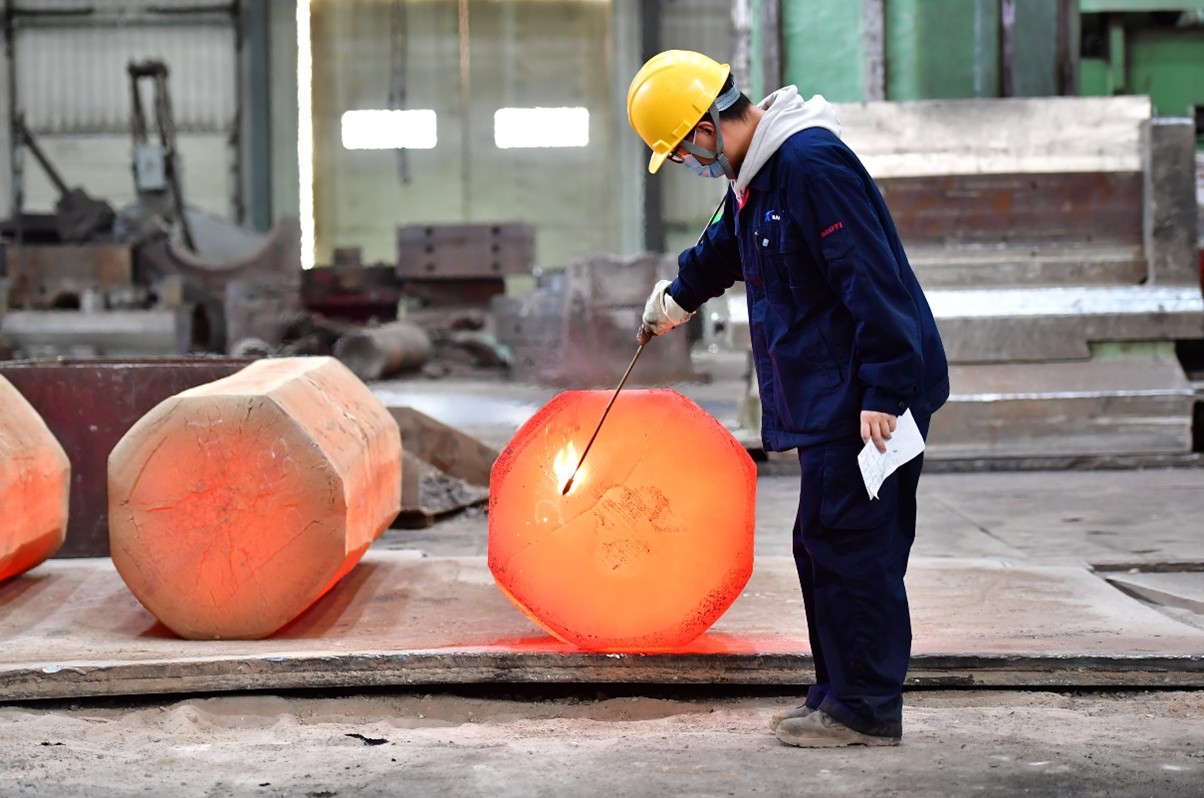The die forging production process is a complex engineering technology process involving multiple key steps, mainly used for producing parts with large batch sizes, complex shapes, and high dimensional accuracy requirements. The following are the detailed steps of the die forging production process:
Material preparation process:
According to the specific requirements of the forging, cut the material according to the required specifications and dimensions of the billet.
l Heating process:
According to the requirements of the deformation process, heat the billet to improve its plasticity.
l Forging process:
The die forging process includes two main steps: blank making and forging. There are various methods for making billets, and forging includes pre-die forging and final forging, which are determined based on the type of forging and the forging equipment selected.
l Post forging process:
This process is used to compensate for the shortcomings of the forging process and other preliminary processes, ensuring that the final forging fully meets the requirements of the forging drawing. Including trimming, punching, heat treatment, correction, surface cleaning, polishing residual burrs, precision pressing, etc.
l Inspection process:
Including inter process inspection and final inspection. The inspection items include shape and size, surface quality, metallographic structure, and mechanical properties, etc. The specific inspection items are determined according to the requirements of the die forging.
Through this series of precisely controlled processes, forging technology can produce high-quality and high-precision die forgings, meeting the high standard requirements of industrial applications.
Characteristics of die forging: High precision:
Die forgings can achieve high dimensional accuracy and surface smoothness, reducing subsequent processing volume.
l High strength: Due to the plastic deformation of metals, die forgings have uniform grain structure and good mechanical properties.
l Complex shapes: Die forging can produce parts with complex shapes, which are difficult to achieve with other processing methods.
l High efficiency: Forging is suitable for mass production and has a high production efficiency.
l High material utilization rate: Forging can reduce material waste and improve material utilization rate.
Post time: Nov-15-2024





